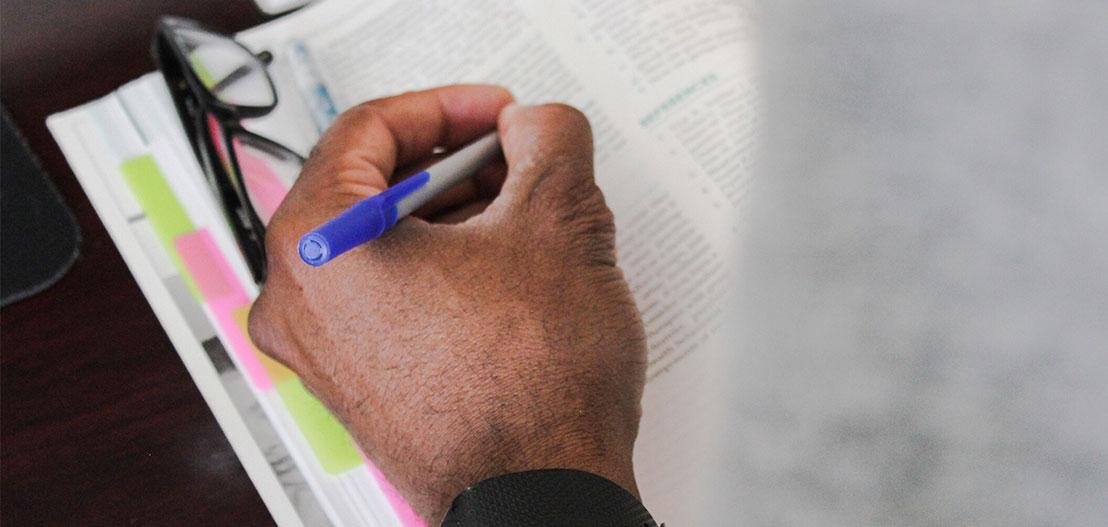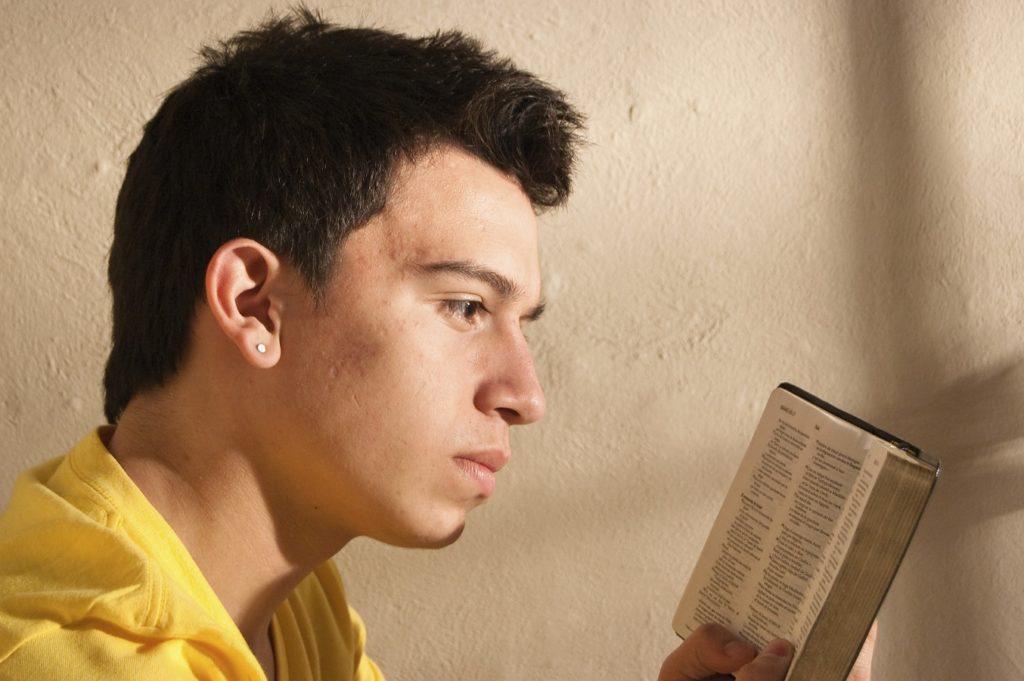As the competency-based education (CBE) movement has continued to gain traction in higher education, we have seen numerous iterations of CBE evolve into their own respective mini-movements. At their core, all iterations of CBE possess the same tenets of being personalized to the learner and measuring the mastery of competencies through some form of direct assessment. However, while some of these iterations are entirely self-paced and found exclusively online, others are not yet decoupled from time and are delivered primarily in the classroom.
Since all of this activity in the realm of the competency-based movement is occurring at the same time as what many are calling the renaissance of teaching in higher ed, it seems only natural that discussions about the competency-based movement often center on the issue of faculty involvement (Not to mention the fact that programs are required to have “regular and substantive interaction between faculty and students” by their accreditors!). At the core of these faculty-led iterations of CBE, content and assessments are delivered by the faculty member, and the assessment data is used by the faculty member as a tool for adapting future lessons to the needs of the class and for developing appropriate instructional interventions.
While the term ‘competency-based instruction’ is new, the techniques and strategies associated with it are anything but new. For example, those of us who have done any research in the field of student motivation will probably recall the terms ‘performance-related goals’ and ‘mastery goals’. These kinds of goals represent two ways that we can motivate our students to learn. Performance-related goals are associated with traditional memory-recall assessments, and students are motivated to learn based on extrinsic factors such as GPA and being ranked at the top of the class. Mastery goals, on the other hand, rely on intrinsic factors such as acquiring and applying knowledge and skills in experiential learning settings. Competency-based instruction requires setting up a series of mastery goals for the students, which have been proven to lead to more effective and long-lasting learning than performance-related goals.
Another useful technique in competency-based instruction is borrowed from an area of language instruction known as Communicative Language Teaching (CLT). The tenets of CLT include peer communication and interaction as a means of learning, the use of authentic artifacts (known as “realia”) in the classroom, and a strong link between classroom activities and the outside world. With CLT, just as with competency-based instruction, the entire classroom is student-centered and students receive content appropriate to their level of need. While a passerby may peek their head in the classroom and think the students are doing all the work, this could not be further from the truth. These student-led interactions are carefully prepared for and crafted by the instructor, who utilizes techniques such as differentiated instruction and strategic grouping in order to produce the desired instructional effects.
Other competency-based instructional techniques can be borrowed from project-based learning, kinesthetic learning, and performance assessment approaches. Suffice it to say there is no shortage of tips and techniques when it comes to designing educational experiences for students in a competency-based program. Do you have any favorites? If so, please share in the comments section below.





